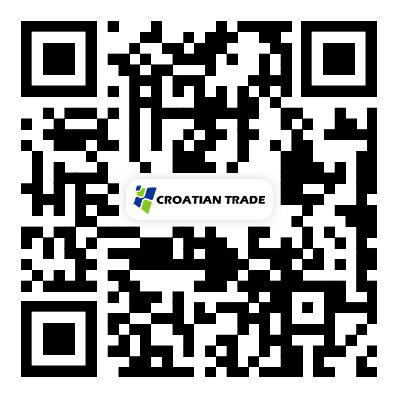Information about FR4 PCBs
2023-10-16
FR4 is a commonly used material in the manufacture of printed circuit boards (PCBs). It refers to a type of flame-retardant, woven fiberglass-reinforced epoxy laminate that serves as the substrate material for most PCBs. FR4 is known for its excellent electrical and mechanical properties, making it a popular choice in the electronics industry. Here are some key characteristics and information about FR4 PCBs:
1. Material Composition: FR4 PCBs are made from layers of woven fiberglass cloth impregnated with an epoxy resin binder. The term "FR4" stands for "Flame Retardant 4," indicating that the material meets specific flame resistance standards. The number "4" signifies the grade of the material, with higher numbers indicating higher performance.
2. Laminate Structure: FR4 laminates are typically composed of multiple layers of fiberglass cloth and epoxy resin. The number of layers can vary depending on the complexity and requirements of the PCB design. Multilayer PCBs often consist of several FR4 layers sandwiched together.
3. Electrical Insulation: One of the primary advantages of FR4 is its excellent electrical insulation properties. It has a high dielectric strength and low electrical conductivity, which help prevent electrical leakage and interference between adjacent traces on the PCB.
4. Mechanical Strength: FR4 PCBs have good mechanical strength and rigidity, which allows them to withstand physical stress, vibrations, and mechanical loads without flexing or warping. This makes them suitable for various applications, including those in harsh environments.
5. Flame Retardant: FR4 material is inherently flame retardant, which means it resists ignition and slows the spread of flames. This property is essential for safety in electronic devices and equipment.
6. Thermal Resistance: FR4 PCBs have moderate thermal resistance. They can dissipate heat to some extent, but for high-power applications, additional heat sinks or thermal management solutions may be required.
7. Ease of Fabrication: FR4 material is relatively easy to work with during the PCB fabrication process. It can be drilled, routed, and etched to create the required circuit patterns and features.
8. Cost-Effective: FR4 is cost-effective compared to some specialty materials, making it a popular choice for a wide range of electronic devices and applications.
9. Applications: FR4 PCBs are used in a wide variety of electronic products, including consumer electronics, telecommunications equipment, medical devices, industrial controls, automotive systems, and more.
10. Surface Finish: FR4 PCBs often have surface finishes applied to their copper traces and pads to protect against oxidation and improve solderability. Common surface finishes include HASL (Hot Air Solder Leveling), ENIG (Electroless Nickel Immersion Gold), and OSP (Organic Solderability Preservatives).
11. Thickness: FR4 PCBs are available in various thicknesses to accommodate different requirements. Standard thicknesses range from 0.6mm (approximately 0.024 inches) to 2.4mm (approximately 0.094 inches) or more.
FR4 is a versatile and widely used material in the electronics industry due to its combination of electrical, mechanical, and flame-retardant properties. When designing and manufacturing PCBs, engineers often choose FR4 as the substrate material for its reliability and cost-effectiveness.



